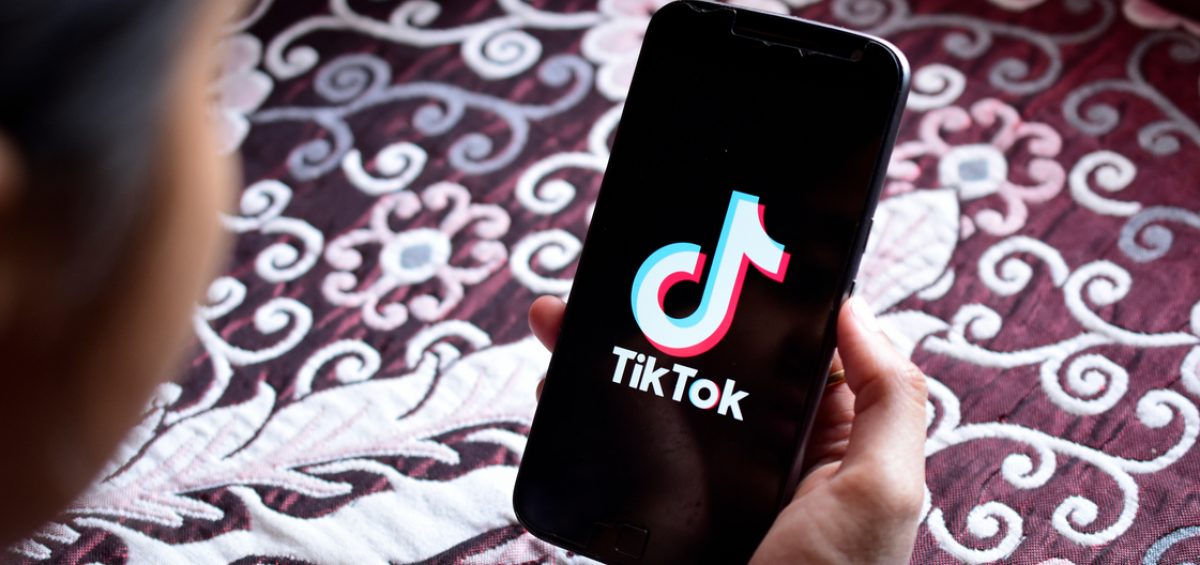With so many social media platforms out there — and each one requiring its own expertise — it’s challenging for brands to determine which ones to market on, and which ones to skip.
The latest platform to have businesses and marketeers scratching their heads is TikTok, the Beijing-based video-sharing network that launched to the wider world in 2017.
TikTok may be best known for its goofy, viral lip-syncing videos. But that’s no reason to dismiss it. TikTok reaches a vast audience: In the first quarter of 2018, it became the most-downloaded app in Apple’s App Store, according to Influencer Marketing Hub. And while many of its users are from China and India, a significant portion call the U.S. home. “TikTok has been downloaded over 1 billion times, including 96 million in the United States,” writes WIRED.
But it’s not all good news: TikTok has also garnered negative headlines for promoting dangerous stunts. Earlier this year, a TikTok video went viral that encouraged teens to send tamper with electrical outlets using a penny and a phone charger.
The ROI for bringing your brand to TikTok is still TBD. But if it appears to be an opportunity for your brand, or if you’re feeling adventurous, here are three things to consider:
Know your audience
Before investing in any social media platform, brands first need to determine if that’s where their audience is. For example, a contracting and home repair company is best suited for Facebook, not Twitter. And a home staging company or interior decorator seeking to attract clients should be putting their primary focus on Instagram.
TikTok is no different. Brands should know that TikTok users skew quite young. “TikTok is especially popular with teenagers, a demographic commonly referred to as Generation Z,” reports HootSuite. “41% of TikTok users are between 16 and 24 years old.”
If you’re a brand catering to a young audience, then TikTok could be the right place to spend your marketing time and energy. But if you’re serving an older audience — say, if your company is in the real estate industry — it’s best to invest elsewhere.
Create the right content
Each social media platform caters to specific demographics and interests. As a result, each social media platform values specific types of content. “It’s all right to post entirely different things on different platforms,” explains Entrepreneur Magazine. “In fact, it might even help you to boost your engagement.”
On Facebook, short videos work best, Entrepreneur continues. On Instagram, high-resolution photos and quotes thrive. And on Twitter, news articles and gifs get great engagement.
So what should you post to TikTok?
Funny, quirky, and musical videos usually perform best, even when they’re about serious topics. Consider the wave of healthcare professionals who have recently gone viral on TikTok, filming dances and songs having to do with healthy diets and medical myths. “Medical professionals are navigating the testy waters of TikTok,” reads a recent CNN article. “The hope is, if TikTok’s primarily teen demographic doesn’t get adequate health education in school, maybe they can pick up a tip or two in between all the lip syncing. Just make it funny, self-aware enough and, if possible, frame it like a meme.” But, the question remains – is the content too light-hearted and could it ultimately erode patients’ trust?
Follow the leaders
A handful of brands are already testing the TikTok waters. If you’re considering doing the same, pay attention and pick up best practices.
Chipotle, the fast food chain, has amassed over 55,000 fans on TikTok. “They publish a variety of posts that use music, memes, and other references to highlight menu items,” explains HubSpot, in an article titled How 7 Brands are Using TikTok. In one of Chipotle’s more popular videos, a group of tortilla chips seemingly serenades a cup of guacamole.
Another brand leveraging TikTok is the NBA. “With a whopping 5.1 million fans, the NBA’s account mixes game highlights with music montages and inspirational quotes,” HubSpot reports. Other brands using TikTok include Guess and the San Diego Zoo.
Still not sold on TikTok? No problem. Video remains one of the most powerful marketing tools online: “89% of video marketers say video gives them a good ROI,” report the experts at optinmonster. And TikTok doesn’t have a monopoly on online video. You can take some of these best practices — like producing short, compelling content — and apply it on Facebook, Instagram, YouTube, or wherever else your brand is active.


